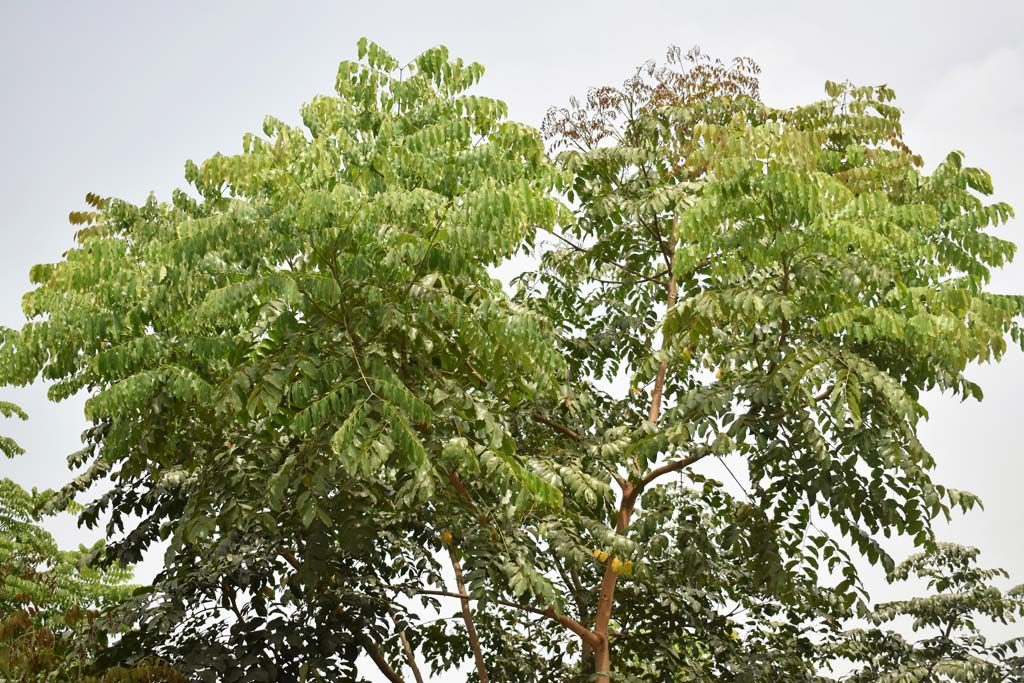
21 Jun Erythrophleum suaveolens
Scientific name: Erythrophleum suaveolens Guill. & Perr. Brenan.
Family: Leguminosae.
Conservation status: widely distributed and locally common in semideciduous forest, riverine or gallery forest, and forest margins on moist soil. In some areas roots and bark may be over-harvested for the medicinal plant trade. Not assessed by the IUCN Red List.
Common names: ordeal tree, red-water tree, sasswood (English), Ihi (Igbo), Obo, Erun-obo (Yoruba), Oginni, Oginyi (Edo).
Fruits/seeds: flat, slightly curved pod, rounded at both ends and attached almost at right angles by a stout stalk, containing 6 – 10 hard black seeds.
Fruiting time: July – August.
Seed collection: pods split open to expose seeds. Fallen seeds can be collected from under the tree.
Type of seed: orthodox.
Sowing method: scarify seeds and stir in sulphuric acid for 7 minutes, observing safety precautions to protect hands and face. Sow immediately at a depth of 2cm.
Sowing medium: forest soil.
Germination period: 7 – 10 days.
Germination percentage: 70%.
Growth/development: seedlings require partial shade for optimum growth and can be planted out 2 months after germination. Saplings prefer an open position.
Notes: An important tree for reforestation, mixed plantations and agroforestry as it enriches the soil through nitrogen fixation and abundant leaf litter.

Erythrophleum suaveolens. credits: O.Olubodun

